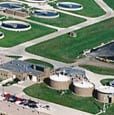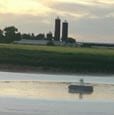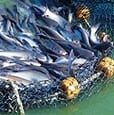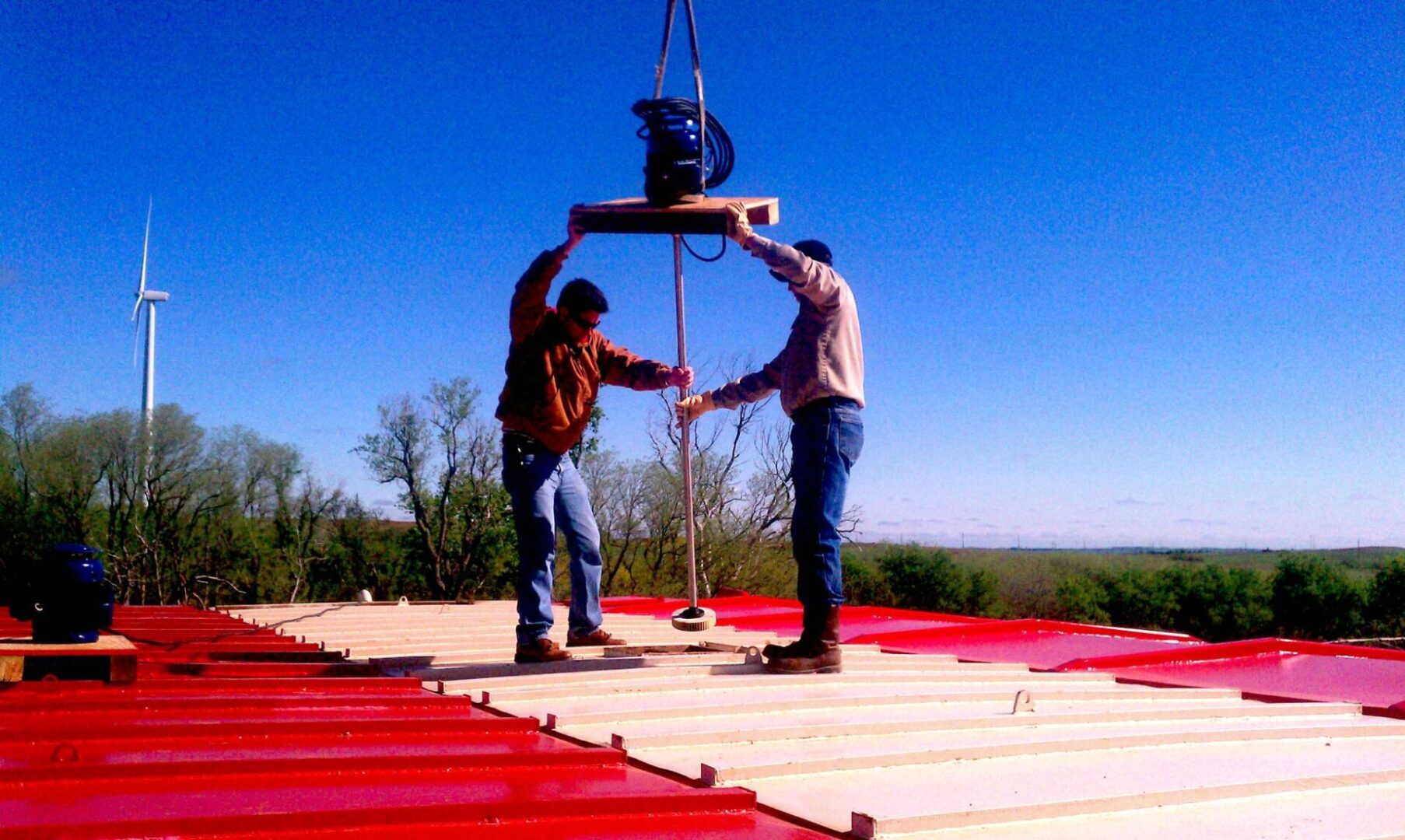Industries Served
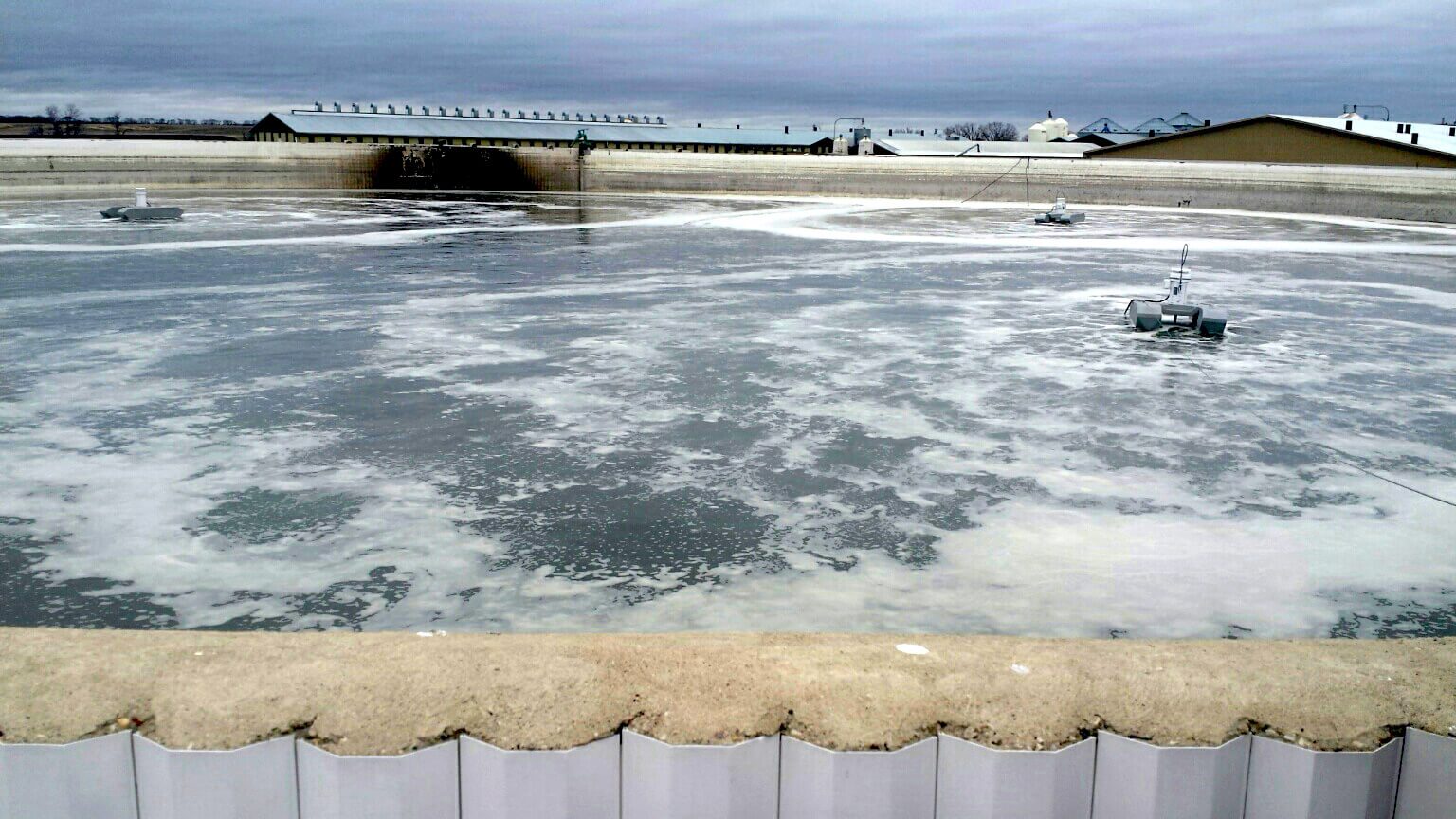
VaraCorp routinely sells surface aerators to ten or more industries.
These industries that purchase Surface Aerators include municipal wastewater plants, wineries, breweries, aquaculture farms, dairy farms, horticulture nurseries, hog and cattle feedlot operations, mining operations, chemical companies, food processing plants, and miscellaneous industrial wastewater operations among others. In addition, VaraCorp sells hazardous duty aerators to frac pit operators.
VaraCorp’s air turbine surface aerator can transfer 4.7 pounds of dissolved oxygen per horsepower-hour according to a field test study. This transfer equates to 450 pounds per/unit/day.
Industries and Clients Served
VaraCorp maintains photos and descriptions of some of its aerator installations. Collectively, these items constitute our Case Studies file. As you review these Case Studies, you will see the myriad ways in which the turbine can solve the need for aeration.
VaraCorp’s client list reflects a large percentage of repeat sales, shown by the (*). This is a great testimony to the effectiveness of the turbine aerator.
Notable Clients
OIL AND GAS INDUSTRY BENEFITS
When dissolved oxygen is injected into produced water or flowback water, it ramps up the population of aerobic microbes. These aerobes can “digest” hydrocarbons, turning them into carbon dioxide gas which escapes harmlessly.
Frac fluids contain all sorts of chemicals including surfactants, gelling agents, biocides, etc. When these contaminants come into contact with dissolved oxygen, they become “oxidized” and are rendered somewhat harmless. The key to dissipating such chemicals is to inject copious amounts of dissolved oxygen and to increase the contact time between the dissolved oxygen and the contaminants to the greatest extent possible.
As with chemicals, dissolved oxygen can form oxides with metals and minerals in the water, causing new metal compounds to be created which then fall to the bottom of the pit.
Dissolved oxygen can displace certain volatile gases in the flowback or produced water causing such gases to escape into the atmosphere.

